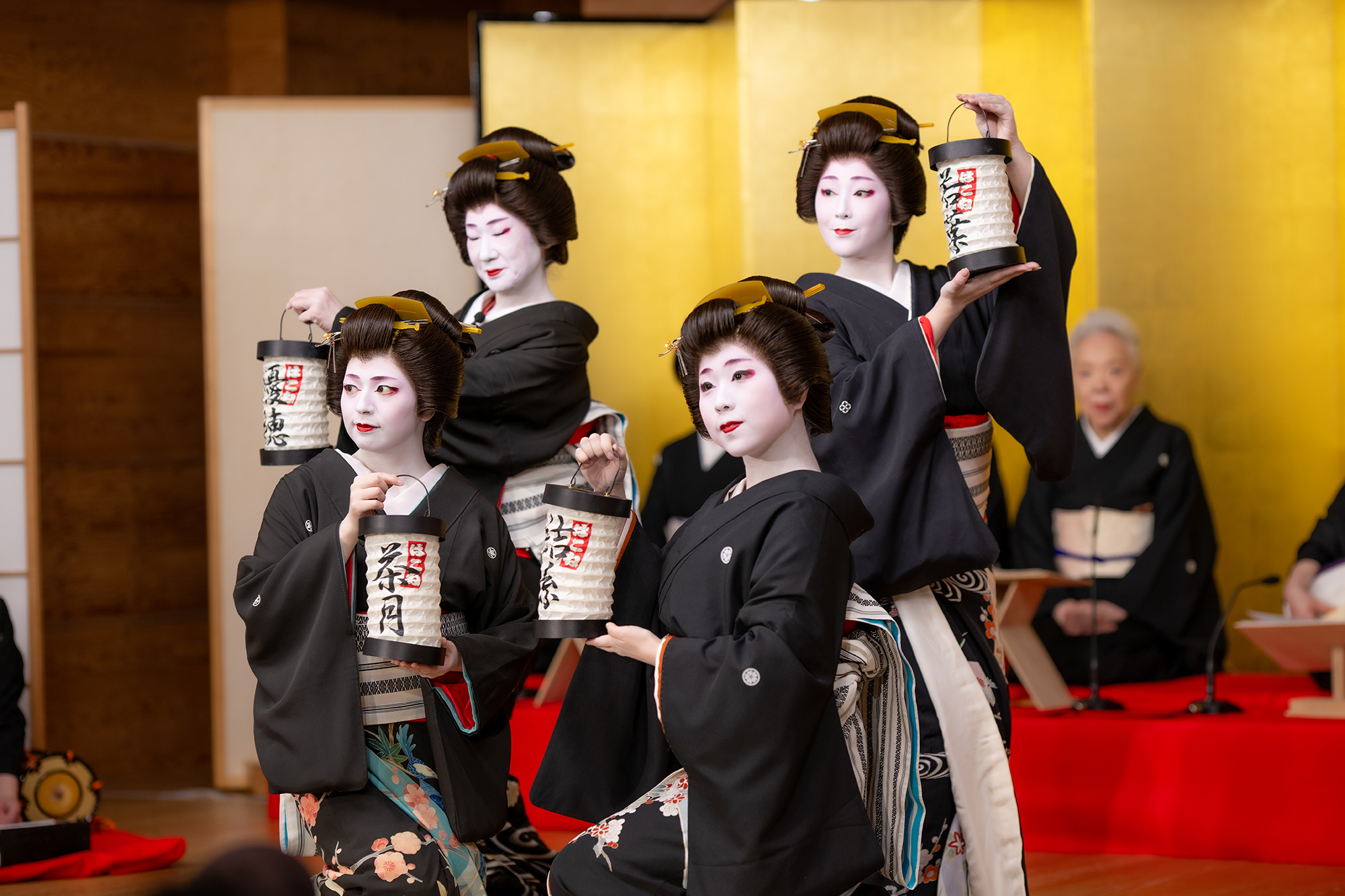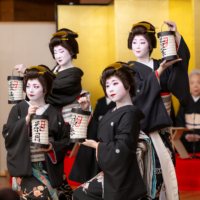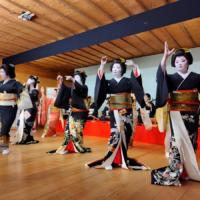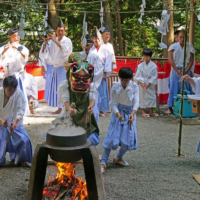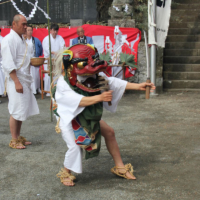It’s not just nature, good food and hot springs that attract visitors to the town of Hakone, Kanagawa Prefecture. The popular resort area is also known for a culture and traditions that have been passed down from generation to generation, including lesser-known treasures such as geisha entertainment at night and the yutate shishimai, or lion dance.
Hakone is a tourist destination where guests can relax wearing yukata while watching geisha perform. This is a characteristic that sets Hakone geisha apart from those in Kyoto and Tokyo.
In Hakone, okiya are the management offices for geisha, and there are currently 32 in Hakone-Yumoto. They are run by women affectionately called okāsan, which means mother. The okāsan looks after the geisha who belong to her okiya as if they were her daughters. This includes clothing them, providing lodging and keeping track of their contracts and schedules.
Masako Takezawa, representative of the Matsuyoshi okiya, is one such okāsan who has lived and worked in Hakone for the past 40 years. Takezawa, who hails from Gunma Prefecture, found her calling in a recruitment magazine after trying the corporate life in Gunma for a year and a half. She has been a geisha ever since she arrived in Hakone at the age of 22.
“I’ve met so many people that I would have never met if I had been an office worker,” she said with a big smile. She currently employs 16 geisha at her okiya.
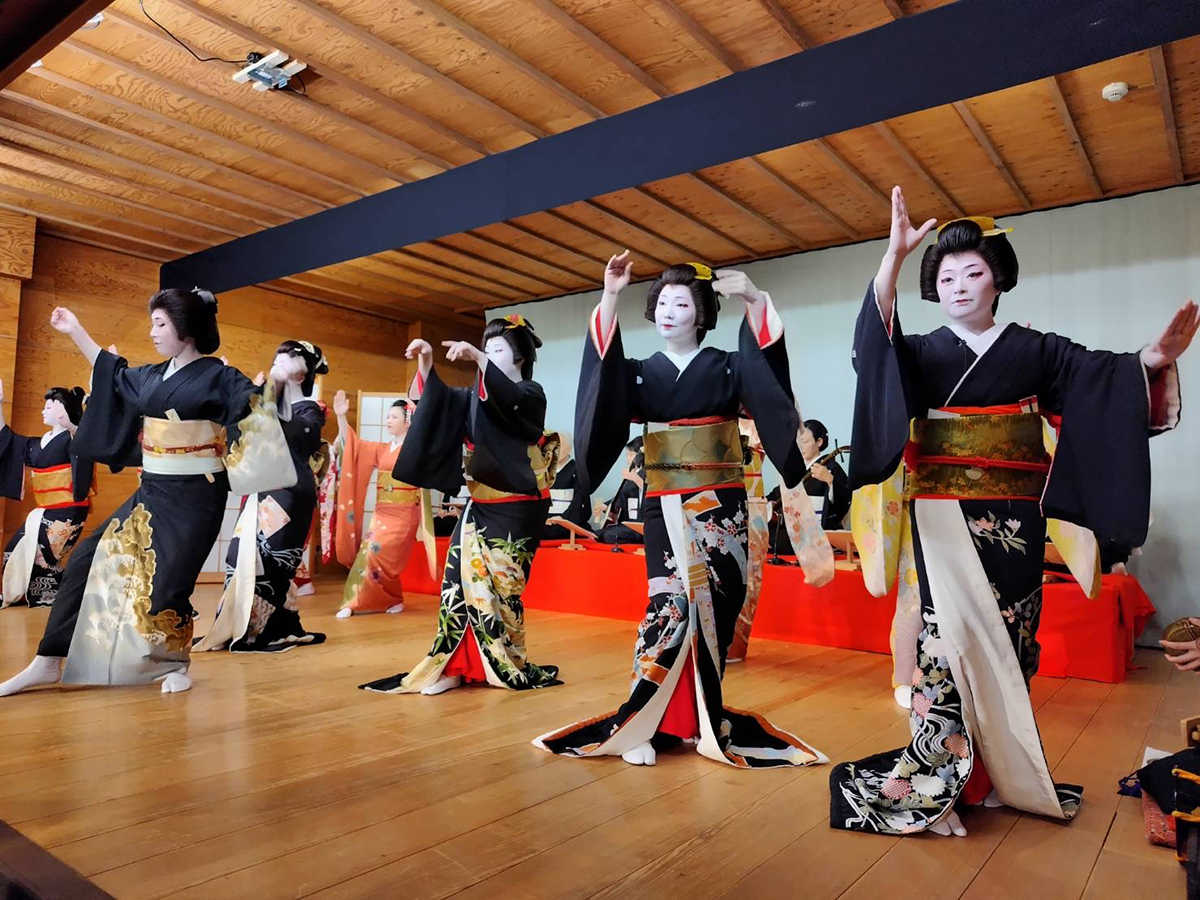
She is also a director of the Hakone-Yumoto Kenban, the local geisha association’s office, which is responsible for training around 140 geisha — many young — dedicated to preserving and advancing traditional dance, song and manners in this mountainous resort setting. While geisha are directly employed and assigned by okiya, the association decides on prices and handles all payments between the okiya and the ryokan (traditional inns) and hotels to which the geisha are called to perform. The group also collects association fees from the okiya to pay for building maintenance, staff salaries and geisha teachers.
“I think being a geisha is a job that embodies Japanese tradition and culture,” Takezawa said.
“Most importantly, it involves wearing kimono. These days, you rarely see Japanese wearing kimono, but the kimono is the most formal attire for Japanese women. The geisha community’s philosophy is to welcome customers in the most formal attire, and we want that tradition to continue.
“Wearing a kimono isn’t just about putting on any kimono — you have to find the right one that suits you. … You have to consider how to coordinate the obi (sash) with the kimono and find a hairstyle that suits you. All of these elements come together to create the image of a beautiful woman welcoming customers.”
Takezawa added that wearing a kimono is an important part of geisha hospitality, which is all about manners. “Say, for example, when you hand a glass to a customer; holding it with both hands shows that you respect them,” she said.
Every year in June, the town holds a special event called the Hakone Geisha Dance, holding three shows at the association’s training center. This traditional display of music and dance, which lasts about an hour, showcases the town’s famed dance, giving the geisha a great opportunity to perform the routines they have been diligently practicing each day.
Takezawa said that the biggest difference between a geisha experience in Kyoto or Tokyo and Hakone is the level of relaxation. “In Kyoto, guests don’t wear yukata when they see a geisha performance, and of course, they wear a suit when they go to a restaurant in Tokyo. But if they wear a yukata, everyone must take off their designer watches and fancy suits. Everyone wears the same clothes. That means that even the big boss and the new employees are in the same attire and can be more relaxed in Hakone,” Takezawa said.
“A geisha doesn’t need to explain anything. Just using a gentle smile, graceful movements and gestures while wearing a kimono does it all. I hope a lot of visitors get a chance to experience this spirit of hospitality,” she said.
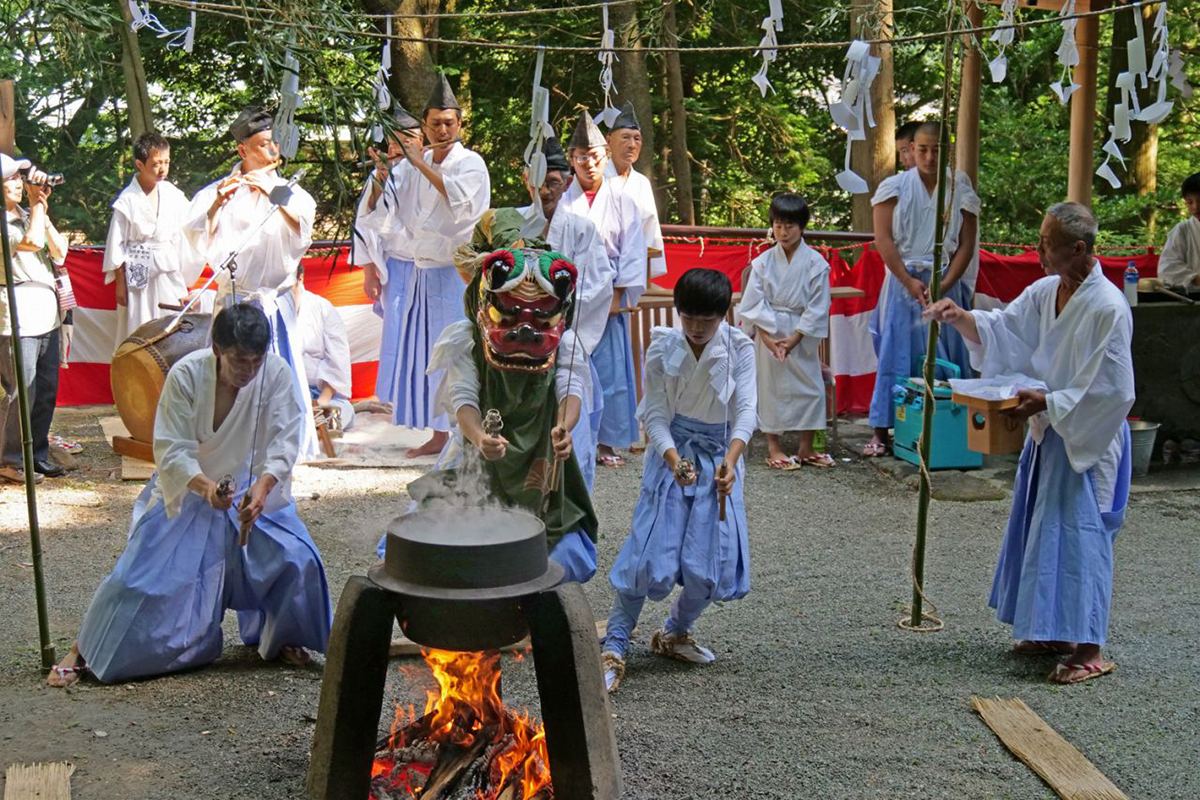
Hakone-no-yutate shishimai
Another unique cultural event considered a must-see when visiting is the Hakone-no-yutate shishimai, a lion dance that has been designated a National Important Intangible Folk Cultural Property by the Cultural Affairs Agency.
Originating in what was then the village of Shimoyoshida, part of modern-day Fujiyoshida in Yamanashi Prefecture, it was introduced to the Sengokuhara area of Hakone in 1776 and appeared around the same time in the nearby Miyagino area. Today it is performed in both.
The yutate is a Shinto ritual that normally sees a priest chant prayers while boiling water in a large pot and splashing it into the air and on anyone nearby to drive away demons and diseases that bring misfortune to the community, and to bring in good health, safety and a rich harvest.
Yutate carried out by lion dancers like those in Hakone are rare in Japan, and the only other place that does the same ritual is Gotenba, Shizuoka Prefecture. In Hakone’s ritual, a lion stirs hot water with the leaves of sasa (bamboo grass), and worshippers are sprinkled with the water to be cleansed of evil spirits. It is said that sprinkling this hot water on people will keep them healthy for a year.
The lion dance, handed down through the generations, is composed of seven dances.
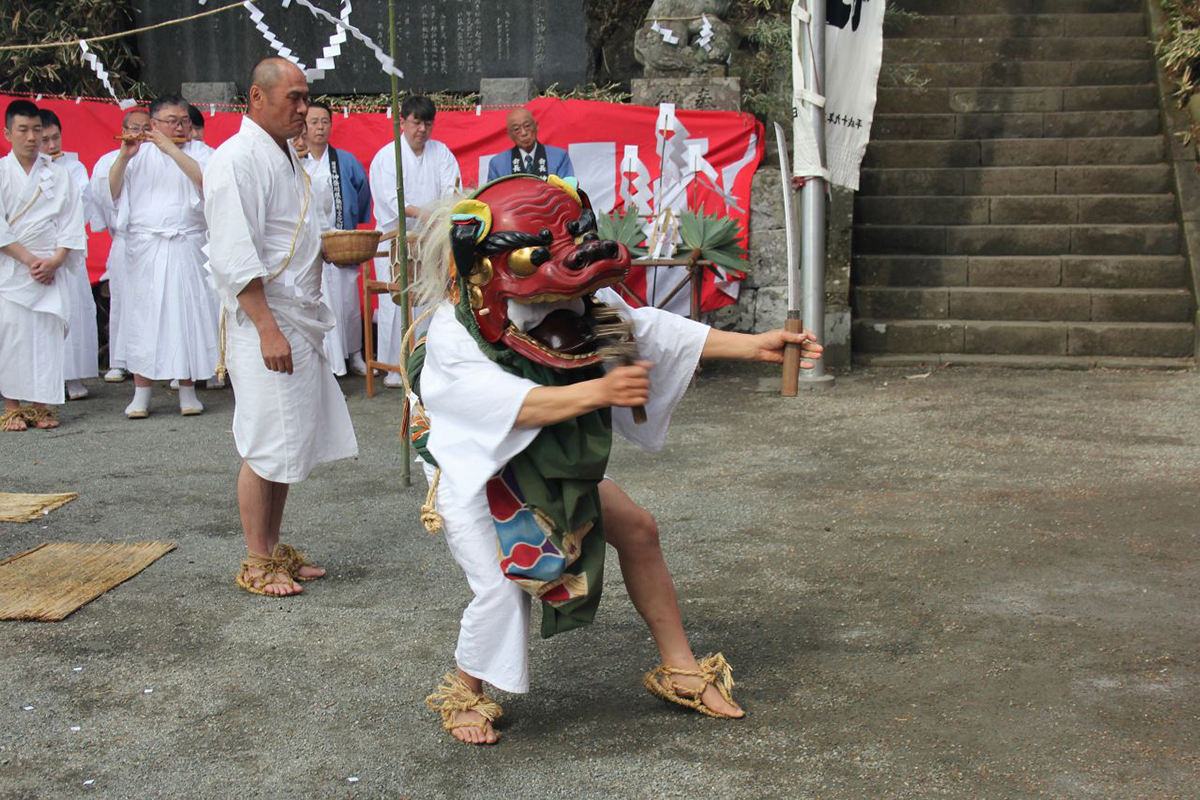
It is performed at local festivals, such as the Tenno Festival in July, and other events.
The yutate in Sengokuhara and Miyagino are basically the same, with the only difference being that the lions wear different costumes. While the costume is all white in Sengokuhara, it is white on top and light blue on the bottom for Miyagino.
This article is sponsored by the Hakone Municipal Government.



